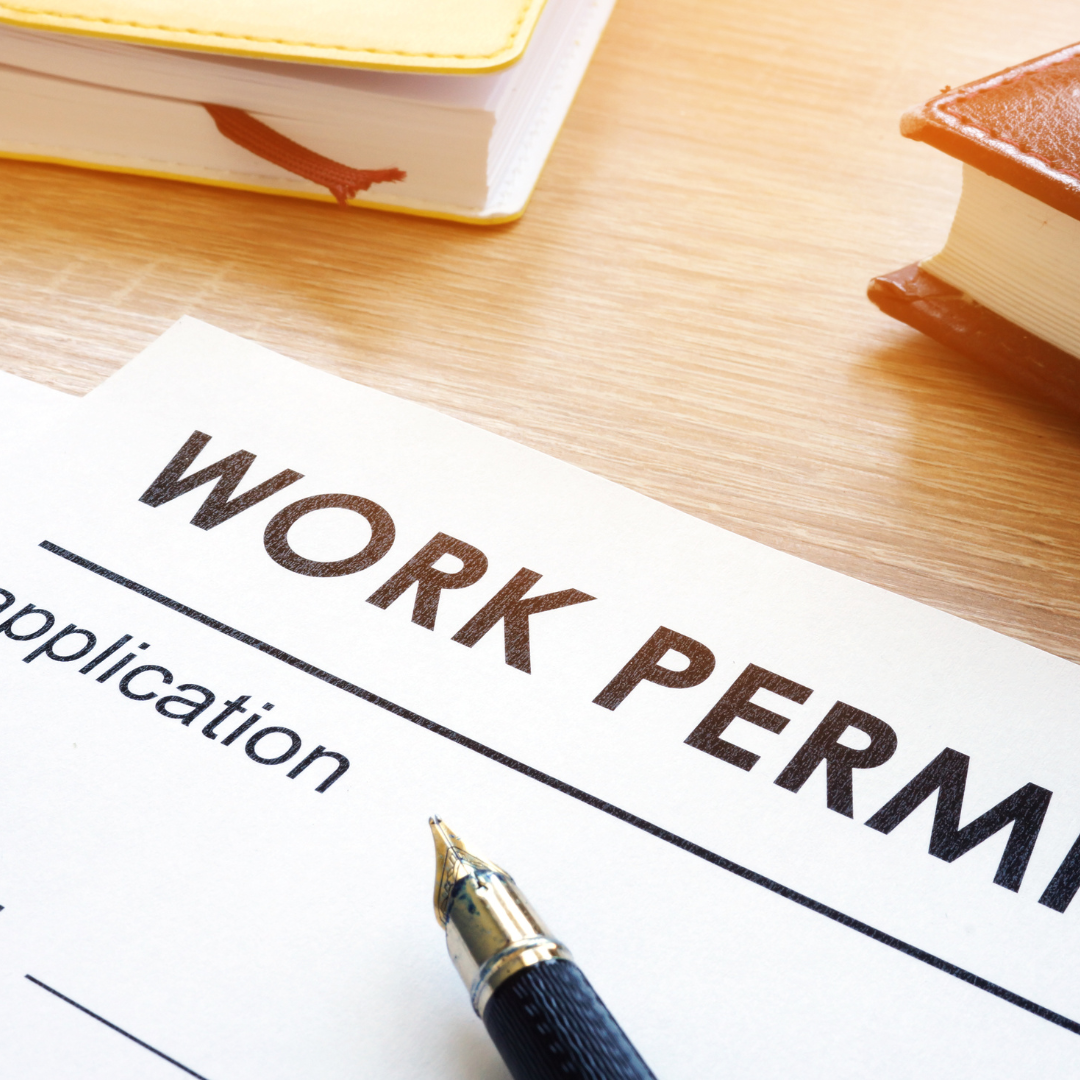New Code of Practice on Equal Pay
The Irish Human Rights and Equality Commission (IHREC) published a new Code of Practice this year (the Code) covering Equal Pay. The Code was published to mark International Woman’s Day and is the first Code of Practice to address the issue of equal pay in the workplace.
The code seeks to promote the development and implementation of procedures within workplaces to promote equal pay for like work and aims to give practical guidance to employers, employers’ organisations, trade unions and employees on;
- the right to equal pay;
- the elimination of pay inequality, and
- the resolution of pay disputes.
While the code does not impose legal obligations on employers, it should be noted that the provisions of this code are admissible, as evidence of noncompliance, in proceedings before a court or in proceedings under Part VII of the Employment Equality Acts 1998-2015 (the EEA), and, also in proceedings before the Workplace Relations Commission (WRC) or the Labour Court. Therefore, any employer who is not compliant runs a risk of a discrimination claim as a consequence.
Possible Break for Various Platforms
The code is applicable to all employments covered by the Employment Equality Act (EEA). Employers are encouraged to follow the recommendations in a way which is appropriate to the size and structure of their organisation.
Small and medium sized enterprises should consider adopting some of the practical steps to their specific needs. Any adaptations that are made, however, should be fully consistent with the code’s general intention.
Right to Equal Pay
The Code serves, as a reminder to employers, that the right to equal pay exists. This means that an employee who is performing work that is the same or similar to that of another person employed by the same or associated employer, who differs in respect of one of the protected grounds under the EEA, (gender, civil status, family status, age, disability, sexual orientation, race, religion, and membership of the Traveller community) may have a right to be paid the same as that other person.
Pay Review
Although the code does not place a legal obligation on an employer to conduct pay reviews, it is recommended, when carrying out such a review, that it incorporates a rational and objective job evaluation, which would be a way of achieving the legal requirement for pay equality. The code sets out a detailed review process, which includes steps such as the collection of job data, analysis of jobs, analysis of pay data, and implementing corrective measures where issues are identified.
Raising Issues
The Code sets out how someone who considers that they are not being paid equal pay for their like work, should raise this internally at first before proceeding, if necessary, to the Workplace Relations Commission or Courts.
It also reminds employers that a detailed process should be in place for employees to ventilate concerns regarding pay inequality and discrimination, including both informal and formal avenues of resolution.
Conclusion
This code of practice on Equal Pay follows on from the Gender Pay Gap Information Act 2021, which while signed into law, has yet to be commenced, and will require large organisations over 250 employees to report and publish pay gap information.
New paragraph










Contact Us
Connect With Us
Sign-up To Our Newsletter
Thank you for signing up to our newsletter.
Please try again later.
© Copyright 2024 | All Rights Reserved | Privacy Policy


